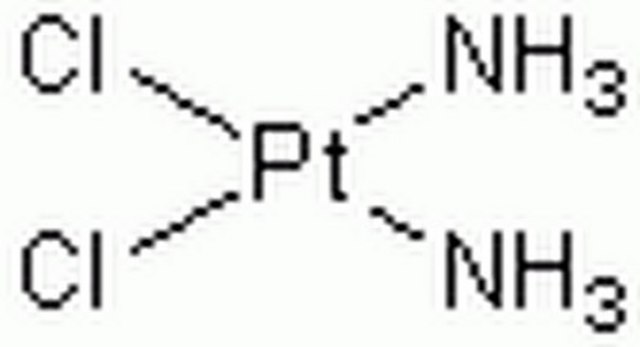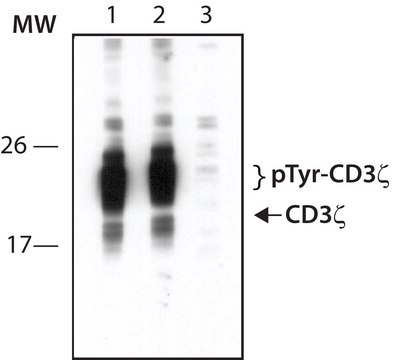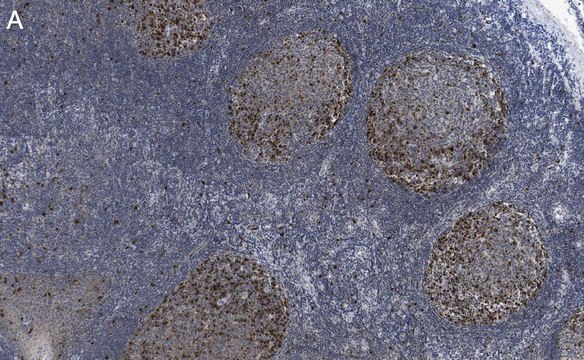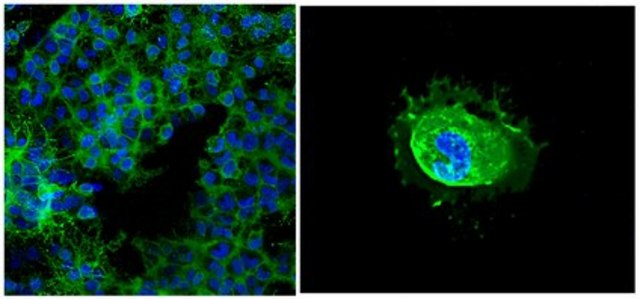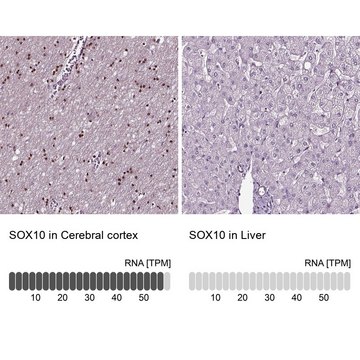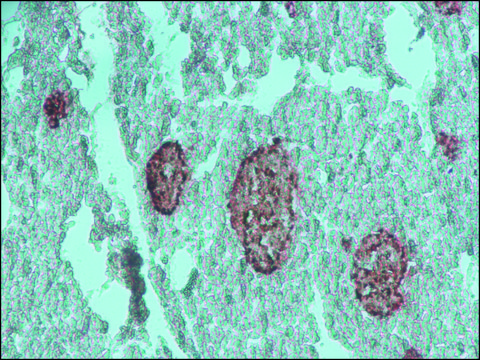MABF2812
Anti-CD137 Antibody, clone LOB12.0
Synonym(s):
4-1BB ligand receptor, T-cell antigen 4-1BB, Tumor necrosis factor receptor superfamily member 9
About This Item
Recommended Products
biological source
rat
Quality Level
antibody form
purified antibody
antibody product type
primary antibodies
clone
LOB12.0, monoclonal
mol wt
calculated mol wt 27.6 kDa
observed mol wt ~N/A kDa
purified by
using protein G
species reactivity
mouse
packaging
antibody small pack of 100
technique(s)
competitive inhibition ELISA: suitable
flow cytometry: suitable
inhibition assay: suitable
surface plasmon resonance (SPR): suitable
isotype
IgG2aκ
epitope sequence
Unknown
Protein ID accession no.
UniProt accession no.
storage temp.
-10 to -25°C
Gene Information
mouse ... Tnfrsf9(21942)
Specificity
Immunogen
Application
Isotype testing: Identity confirmation by Isotyping test.
Isotyping Analysis: The identity of this monoclonal antibody is confirmed by isotyping test to be rat IgG2a .
Tested Applications
Surface plasmon resonance: A representative lot detected CD137 in Surface plasmon resonance applications (Buchan, S.L., et al. (2018). Immunity. 49(5):958-970.e.7).
Flow Cytometry Analysis: 10 µg from a representative lot detected CD137 in Jurkat cells expressing mouse CD137.
Agonist Activity: A representative lot of this antibody co-stimulated CD8+ T cells and potentiated anti-tumor immunity in mice.(Taraban, V.Y., et al. (2002). Eur J Immunol. 32(12); 3617-3627 ).
Competition Assay: A representative lot of this antibody competed for binding to 4-1BB on effector T cells. (Buchan, S.L., et al. (2018). Immunity. 49(5):958-970.e.7).
Flow Cytometry Analysis: A representative lot detected CD137 in Flow Cytometry applications (Buchan, S.L., et al. (2018). Immunity. 49(5):958-970.e.7).
Note: Actual optimal working dilutions must be determined by end user as specimens, and experimental conditions may vary with the end user.
Target description
Physical form
Reconstitution
Storage and Stability
Other Notes
Disclaimer
Not finding the right product?
Try our Product Selector Tool.
Storage Class Code
12 - Non Combustible Liquids
WGK
WGK 2
Flash Point(F)
Not applicable
Flash Point(C)
Not applicable
Regulatory Information
Certificates of Analysis (COA)
Search for Certificates of Analysis (COA) by entering the products Lot/Batch Number. Lot and Batch Numbers can be found on a product’s label following the words ‘Lot’ or ‘Batch’.
Already Own This Product?
Find documentation for the products that you have recently purchased in the Document Library.
Our team of scientists has experience in all areas of research including Life Science, Material Science, Chemical Synthesis, Chromatography, Analytical and many others.
Contact Technical Service